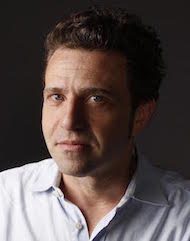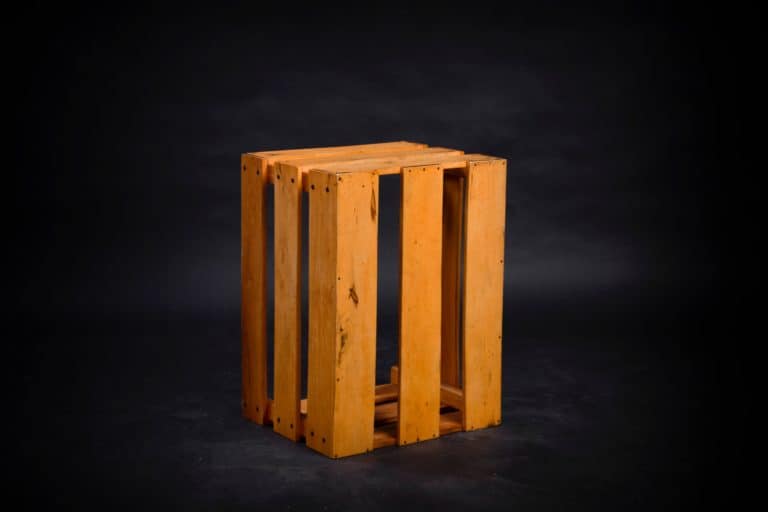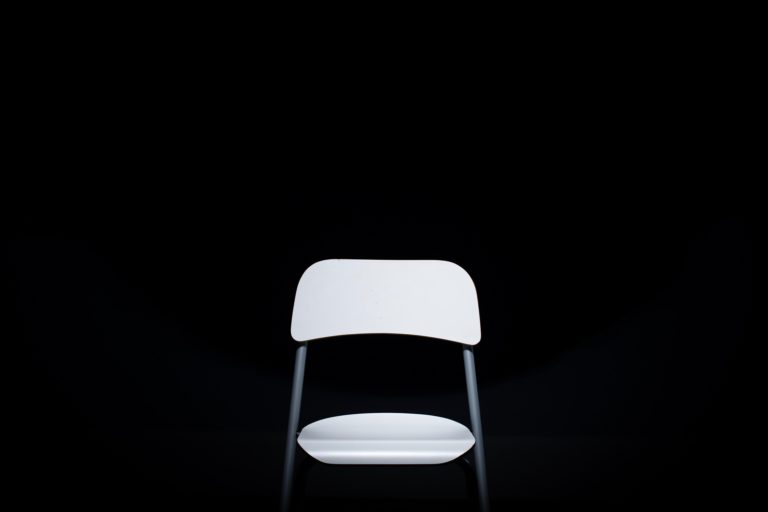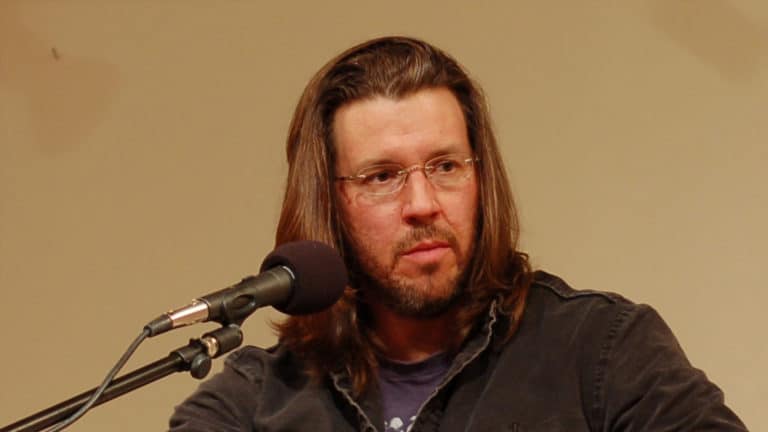“Finally, out of sheer rage, I’ve begun my book….” –D.H. Lawrence
Of course there is no one way. When it comes to writing, my motto is “whatever gets me to the next page,” but page one is often the hardest. It took me years to start my first book. I agonized and procrastinated and brooded and struggled until finally, out of total desperation, I just started writing, first in longhand and then on an old manual typewriter: the discomfort of not-writing had exceeded the discomfort of writing, so I wrote.
That is not the method I recommend. Or at least it is not one you can proclaim to students. Instead what I do now, and suggest to others, is some form of simple outlining. This can mean anything from scribbling on a white board, to taping scraps of paper to the wall until it looks like a maniac’s den, to filling and filing heaps of numbered index cards, which I carry around and deal out at cafes, like I’m playing solitaire. Usually, however, I find that the plain old outlining method we learned in high school is fine, especially in a word-processing document, where you can add and move items with ease.
The principal is very simple: I just list everything I know or think I know about the book, in broad categories, whether major plot events (“the wedding,” “they go to Sri Lanka,” “bank heist”) or characters (most of whom are named X, Y or “other guy” at this point) or just general areas and themes to be explored (“Mars,” “organ transplant,” “ancient Rome”). Then I add everything I can under each heading, or create subheadings as needed, and I play with this, expand it, print it out and scribble on it, carry it in my pocket or hang it on the wall, until once again I can’t stand it anymore and I begin writing. At which point I often ignore the outline completely.
So why then, if there is no one way, is this way I use and recommend? A few reasons.
1. It keeps me from going totally insane. I often think of writing as a form of problem-solving in which I am the problem. Or at least I created it: who locked these characters in a vault and sank it in the Arctic with no way out? I did! So being lost in one’s own head, trying to think your way out, is maddening. Outlining is a first step in getting all this stuff onto paper, or plastic or blackboard, in some form. It organizes my anxiety: at least I know what I’m confused about. Now I can step back and begin to see what works or doesn’t.
2. It gives me a direction. Think of the outline as a roadmap or even a vague itinerary for a cross-country trip. You know you are leaving from New York and visiting your college roommate in Chicago. You want to see the Grand Canyon and end up at your aunt’s place in San Diego. You don’t know what you will have for lunch on the third day. You don’t know whom you’ll meet at the roadside gas station. It’s even possible that, if your car breaks down or you meet a beautiful stranger, you’ll end up in Mexico and skip your aunt. Who can say? But one thing is for sure: If you don’t at least know you are heading west, then it is impossible to even get out the door.
3. It channels my unconscious. In the same way that an artist or designer might begin sketching, or a composer might sit at the piano or grab a guitar and strum some chords, having a document to actually work on creates a space for my imagination to begin building this new, unknown thing, a book. Now that ideas have someplace to go, I start having more of them. When I wake up with a sudden insight about what happened to my main character in kindergarten, I have a spot to put it: “X’s childhood.” Pretty soon, I am collecting things all the time. I have thought of lines of dialogue, even visual images that I just sense belong in there somewhere, and found that they did end up, years later, in the finished novel. Ideas breed among themselves: you see connections emerging, or there just seems to be more of a book there when you open the outline and check on it after a good night’s sleep.
4. I don’t have to follow it. The main argument against outlining is that it will prevent one from finding unknown treasures along the way, from stumbling across the surprises and discoveries that make writing and reading so thrilling. I have not found this to be so, for one simple reason: I rarely follow my outlines. I am a writer after all. Like cats or dogs or little kids, I don’t move in straight lines. I plan and plot till I am up and running, and then I ditch the outline and head off…until I get lost or break down, when I go back and repeat the process, again and again. Some writers can do this from word one, simply find their way sentence by sentence. I find it best to have a kind of support system that I kick away. It hardly matters in the end. The outline is a tool, use it or discard it. All that matters is that page one is now behind you. You are on the way.





















